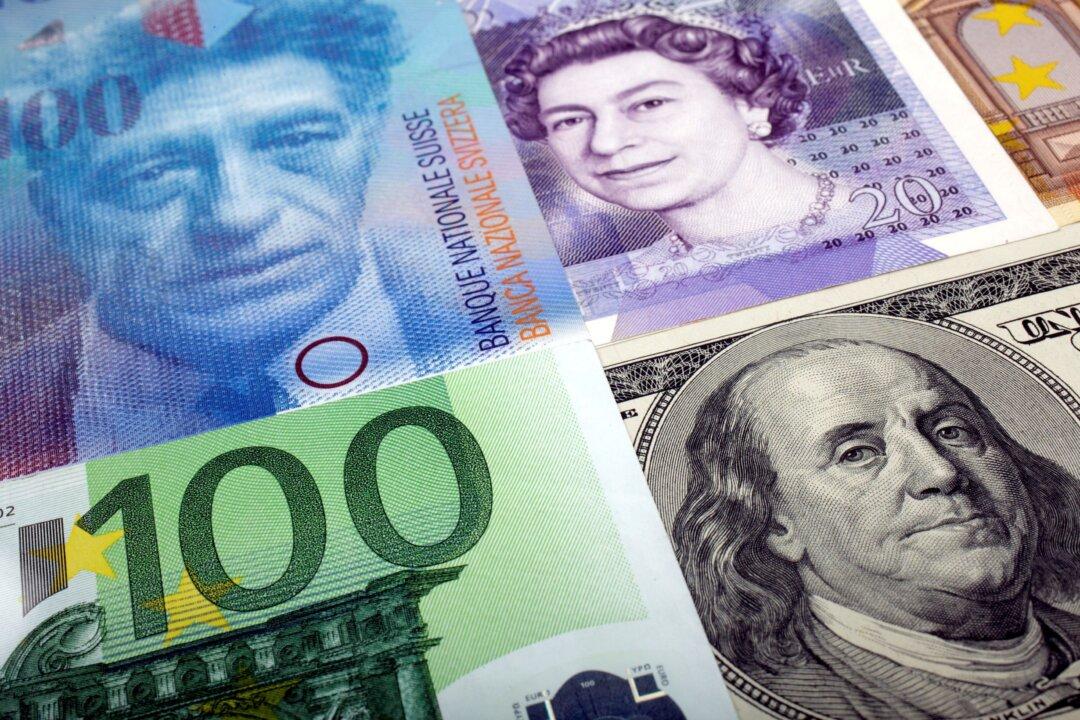SINGAPORE/LONDON—The Swiss franc hit its strongest level against the dollar in nearly nine years on Friday, and the euro reached a four-month high as the greenback stayed under pressure ahead of the release of a key U.S. inflation gauge later in the day.
The dollar has been softening in recent months as data shows U.S. inflation is slowing and traders ramp up bets of how much the Federal Reserve will be cutting interest rates in 2024.





